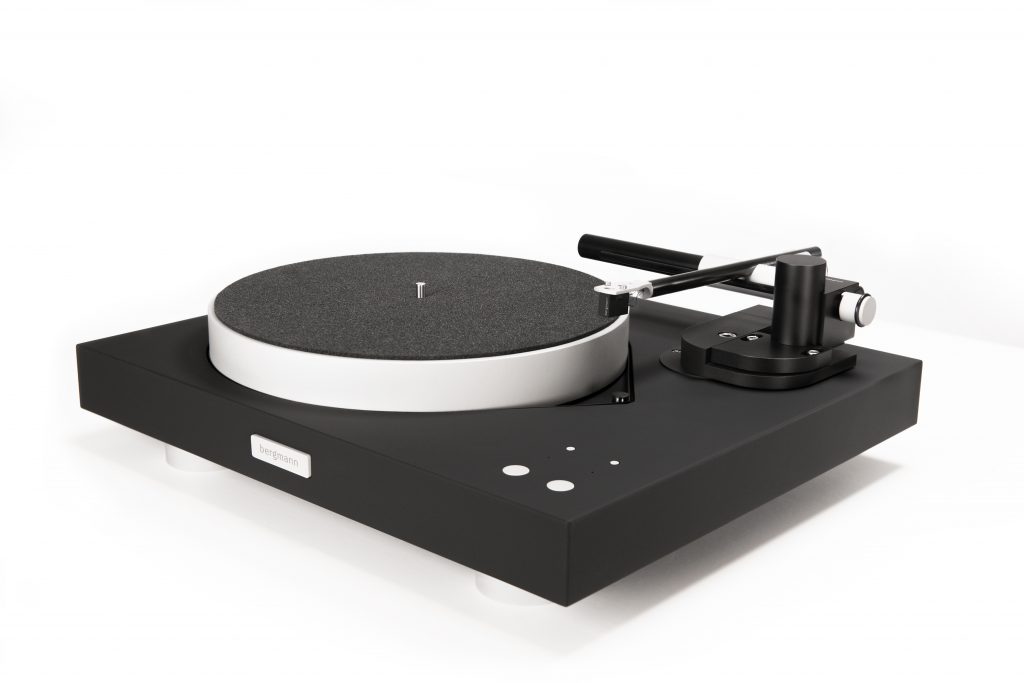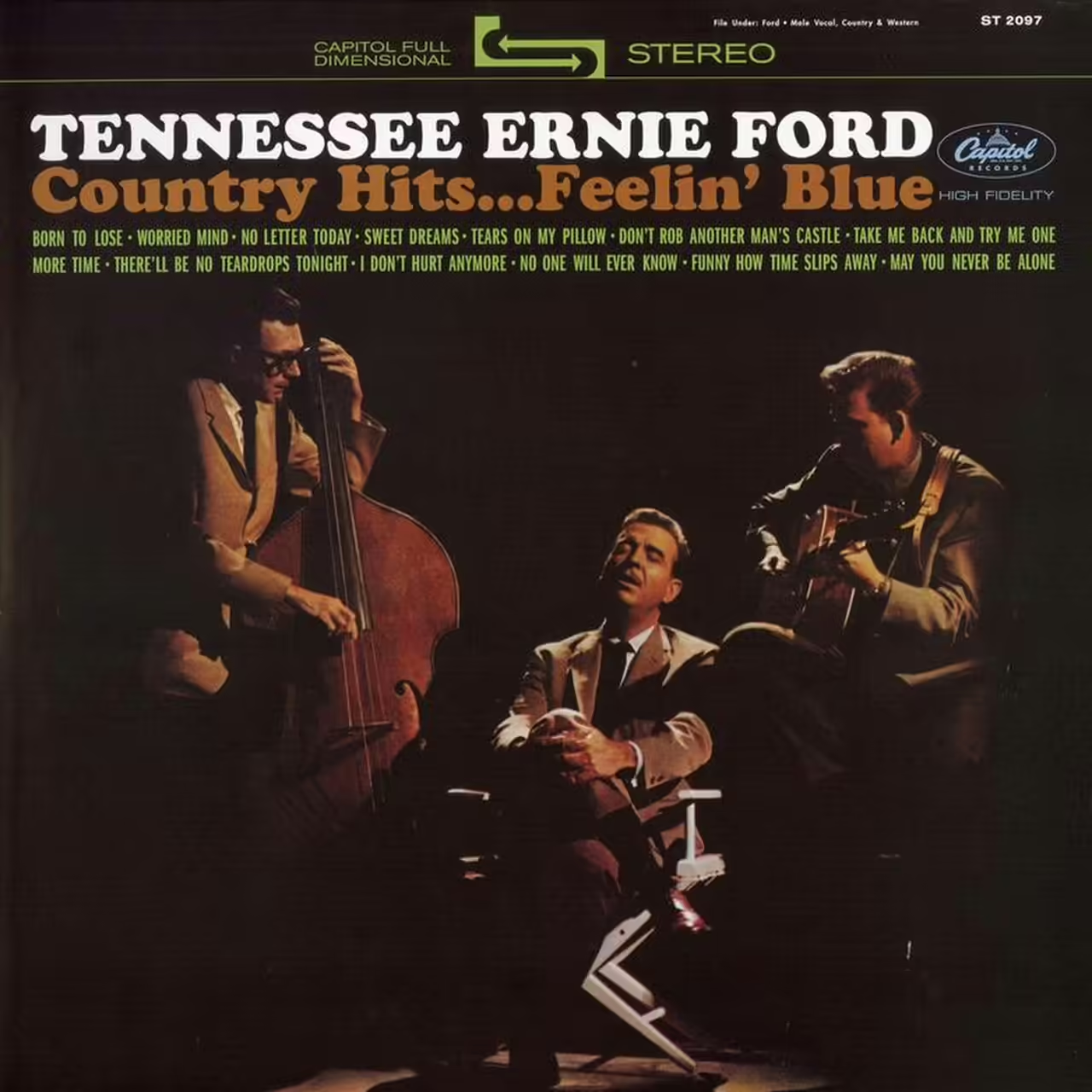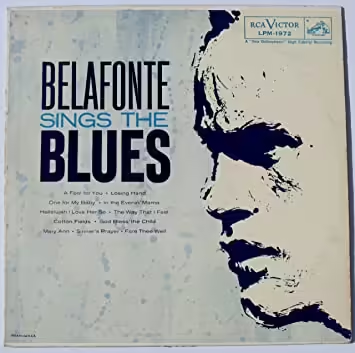Latest News, The Good Life
Music Session with Steve Williams, the Bergmann New Modi Airbearing Turntable and our Artesania Isolation Tips and Tweaks
Steve Williams from Whatsbestforum dropped by to hear the new Bergmann Audio Modi turntable set up.
We recruited Steve’s discerning ears to help further dial in the table and to conduct A/B tests to analyze the different tweaks we have in mind to add to the Modi’s performance, one experiment at a time. It was so fun to watch Steve’s face with delight as we switched things up.
For those of us who wear glasses, this was akin to the exam the ophthalmologists /optometrists used to put us through where they kept flipping around different lenses on a frame they made us wear to see the vision chart. As new tweaks got added, our vision, in this case our listening experience, got better (or worse) but we finally arrived at a set up that we felt was optimal for the Modi in the room. See below for details.

We used Christine & the Queens’ “Saint Claude” (from her first album) to evaluate those tweaks (see below for more details). Throughout the exercise, we kept the same genres of music as we did not want different genre to skew the listening results and experience.
The Record Weight
We compared the Bergmann’s Modi stock record weight with no record clamp to the Origin Live “Gravity One” record weight (70 gram, retail $280. to the HRS ADH (850 gram, retail $510). We also included the HRS ADH in this test.
Along with Steve, we were all convinced that the heavier HRS would clobber the lightweight Origin Live as we had great hopes for the improved bass performance of the HRS weight. Funny how our preconceptions lead us astray.
While the HRS ADH indeed has superior bass to both the Origin Live Gravity One with no record clamp, it was achieved at the expense of a slightly incrementally muddied midrange.
At On A Higher Note, we have used the ADH on many different turntables and found the performance to be quite record-dependent. The superior bass from the ADH has proven to be the saviour to rescue an otherwise “light weight” listening experience and at times was the exact ticket to enjoy an album that is a little thin sounding. However, we unanimously voted for the Origin Live Gravity One as not only did it adjust the focus on the sound, it brought the music into sharper relief.
The Mat Test
Next we changed out the stock Bergmann Modi mat for the Origin Live Upgrade Platter Mat (1mm thick, $70). We were pleasantly surprised but quickly noticed an additional increase in sound focus brought by the Origin Live Upgrade Platter Mat.
The Track Audio Turntable Feet with a Lift!
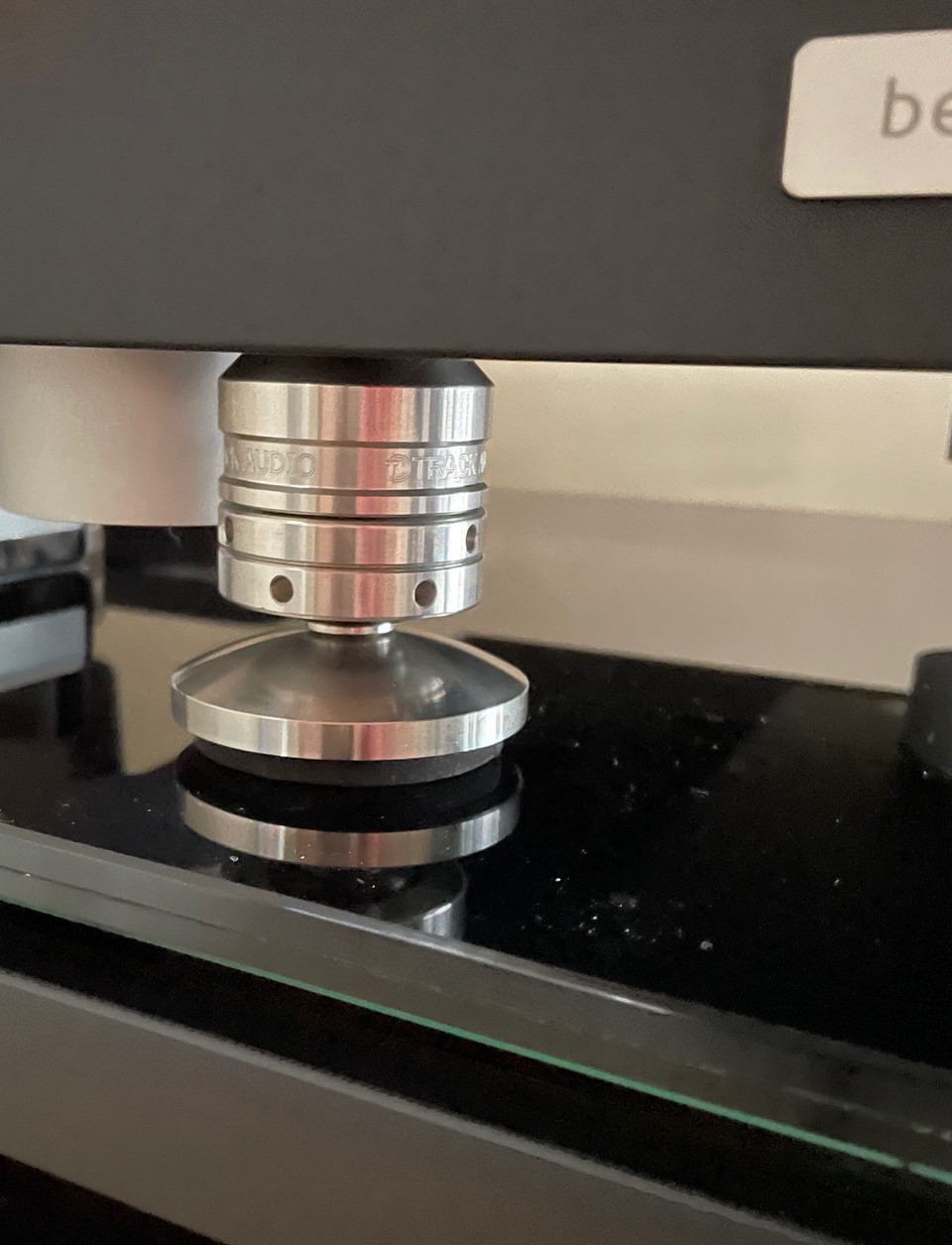
We knew we were on a roll, so we continued by unscrewing the adapters from underneath the Track Audio Turntable Feet (stainless steel, set of four $595) and simply placed them adjacent to the stock aluminum feet. Underneath the Track Audio’s TT dull point we placed the Artesania Audio 60mm Decoupling Discs (stainless steel $650 for a set of four with Delrin, Neoprene & Beechwood interfaces).
From past experience,
- We used the Neoprene interfaces underneath the Decoupling Discs which gives the warmest, most musical experience with the deepest bass.
- The Delrin on the other hand tends to give the most HF resolution, but at the expense at a slight loss of bass extension & weight.
- The beechwood interfaces fall somewhere in the middle sonically.
Over the past five years we have used the Track Audio / Artesania Audio combo on many different turntables, always with the same improvements:
- By breaking the servo loop of secondary resonance being transmitted back to the source, all frequencies are cleaned up.
- Bass is more extended & articulate.
- Midrange is cleaner and more resolute.
- The high frequencies are clearer & more extended.
Listening to the LS8/1, decoupled, by Artesania Audio decoupling discs
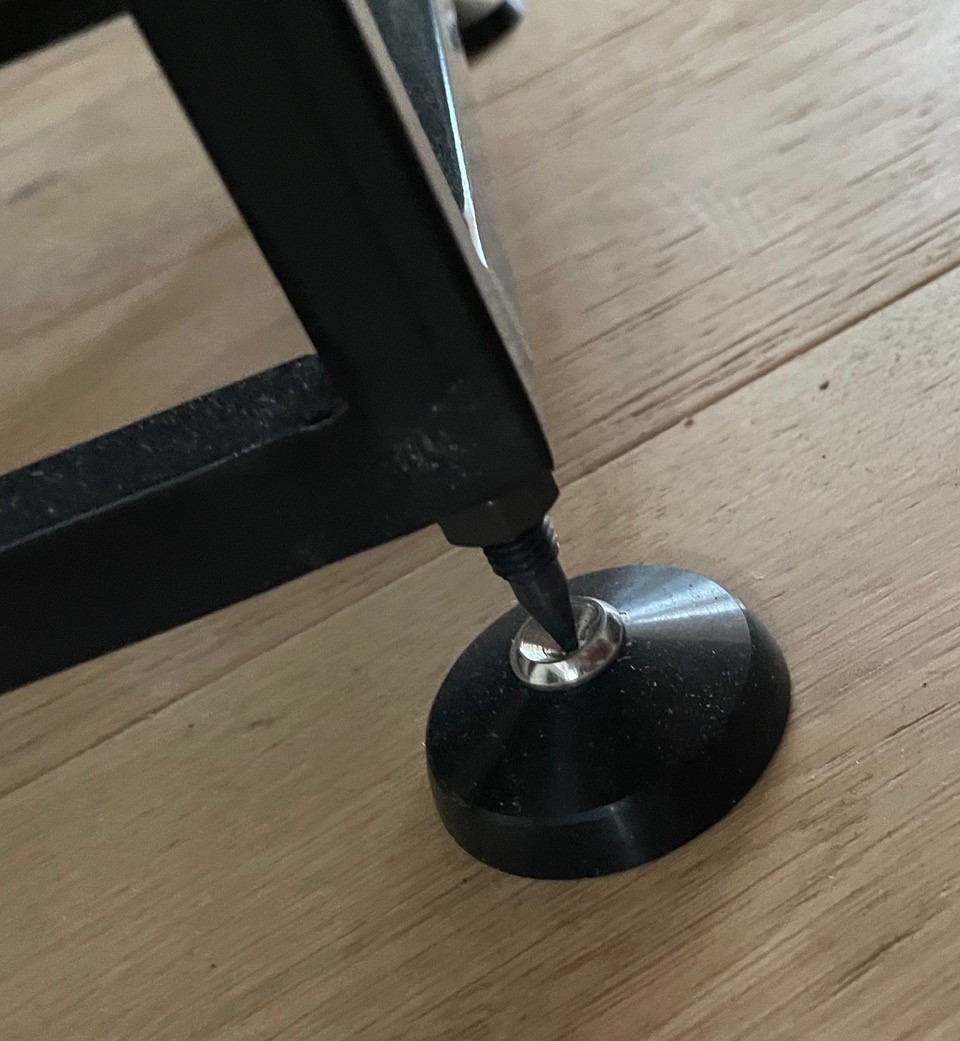
We get the same results outfitting the LS8/1 with the 30 mm Decoupling Discs underneath the spikes from the stands. The spikes were fed directly into the Decoupling Discs.
We used the neoprene interface under these Decoupling Discs also. With our brand new hardwood floor, we would be hard-pressed to let the spikes puncture the floor. These Decoupling Discs came to the rescue from a functional, aesthetic, and audible standpoint with results shinning through immediately on all fronts.
These isolation bases and decoupling discs come in a set of 4 in 3 sizes with 3 different types of bases to choose from (30 mm set for $500, 60 mm set for $650 and 100 mm for $820). It is a lovely and inexpensive tweak that everyone we recommended to have been delighted with this tweak.
Finally, the music
Now that the Modi was dialed in a lot closer to our satisfaction, we started playing different records in earnest.
Music Highlights
- Tennessee Ernie Ford – “Funny How Time Slips Away” (Analogue Productions) Steve commented that TEF was right there in front of us, as large as life & sounding particularly fine too.
- Harry Belafonte – “Sings The Blues” (Living Stereo, 45RPM re-issue, IMPEX) With a stunning backing cast of musicians, Harry Belafonte takes the spotlight on an interesting journey through the standard Blues catalogue. Brilliant delivery, well recorded – highly recommended.
Music Review:
Westside Story (Columbia, Barnes & Noble 2 LP) – Music composed by Leonard Bernstein with lyrics by Stephen Sondheim. The Original Broadway production of “West Side Story” debuted in 1957 and instantly became a sensation with its adventurous score & compelling lyrics. This landmark musical was recorded 3 days after it’s triumphant opening, and you can certainly hear the cast sing their lungs out. The listener is immediately transported back sixty years to a fresh & invigorating performance. Featuring a stellar cast of vocalists including Marilyn Horne, Kiri Te Kanawa, José Carreras… The biggest sonic improvement of this reissue over previous vinyl pressings is in expanding it to a 2 LP set. This allowed the grooves to be cut wider for more dynamic range. Cramming 57 minutes of music onto a single LP compresses the sound drastically. The original LP format was designed in 1948 to hold 20 minutes per side.
Dominique Fils Aime – “Home To Me” from “Three Little Words” has gorgeous strings, wonderful backing vocals and is a refreshing but yet relaxing album. “Three Little Words” is the final album in her Trilogy. We’ve written about “Nameless” earlier, certainly an artist to look out for her. Innovative vocal arrangements, clever & fresh approach to cover versions. Listen to her cover of “Stand By Me” – Dominique’s voice (bathed in a tasteful glow of reverb) opens to an acoustic bass accompaniment, before a piano enters the stage.
Other connected posts:
See “On A Higher Note Updates and Upgrades (Part I)” for the system and room used during this music session.
See “Early Listening Notes on Graham Audio’s LS8/1” for a blurb on our first reaction and casual listening when the Graham LS8/1 first arrived.
See “A Long Overdue Addition to Our Family” to check out the rack system in this room.

